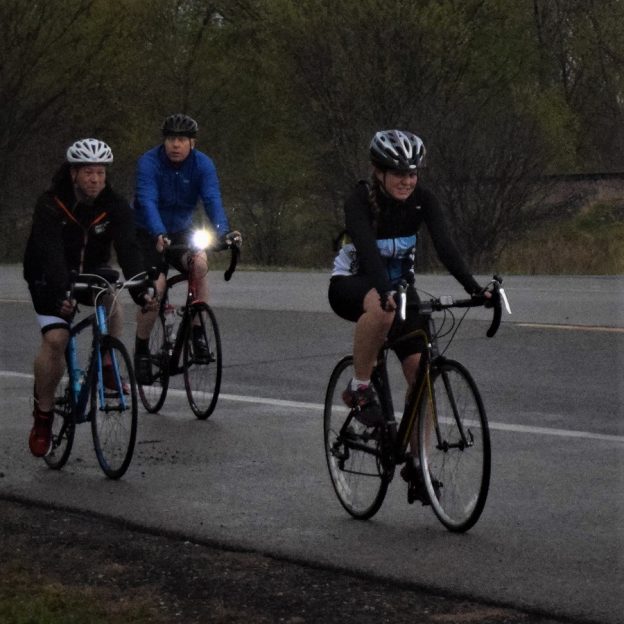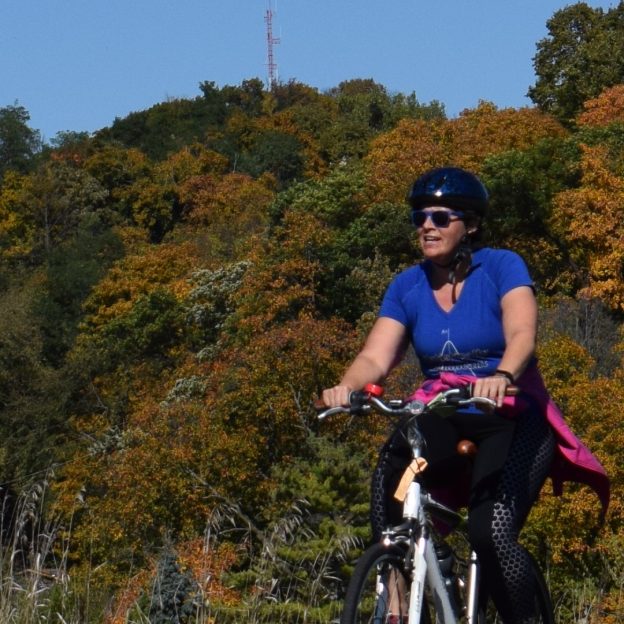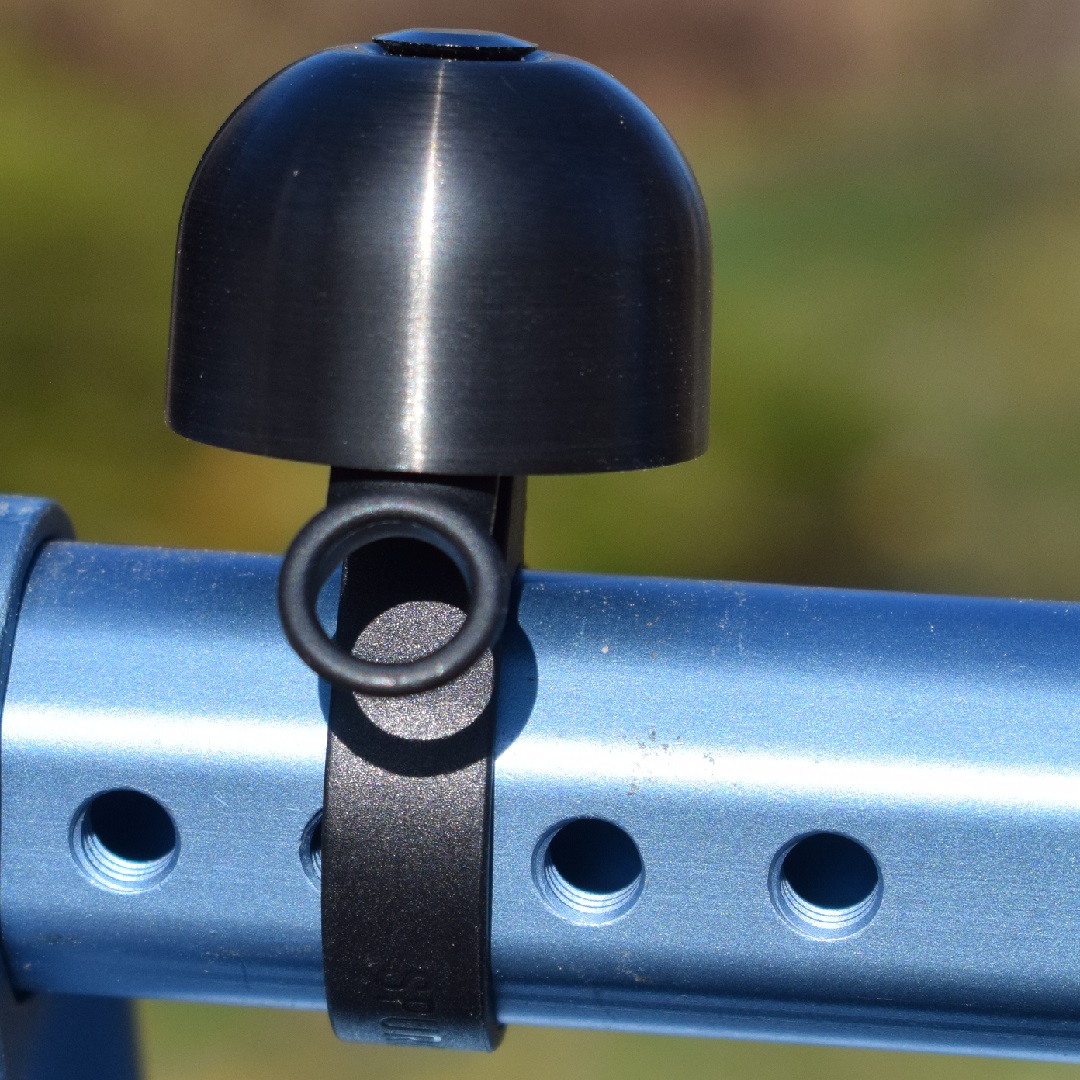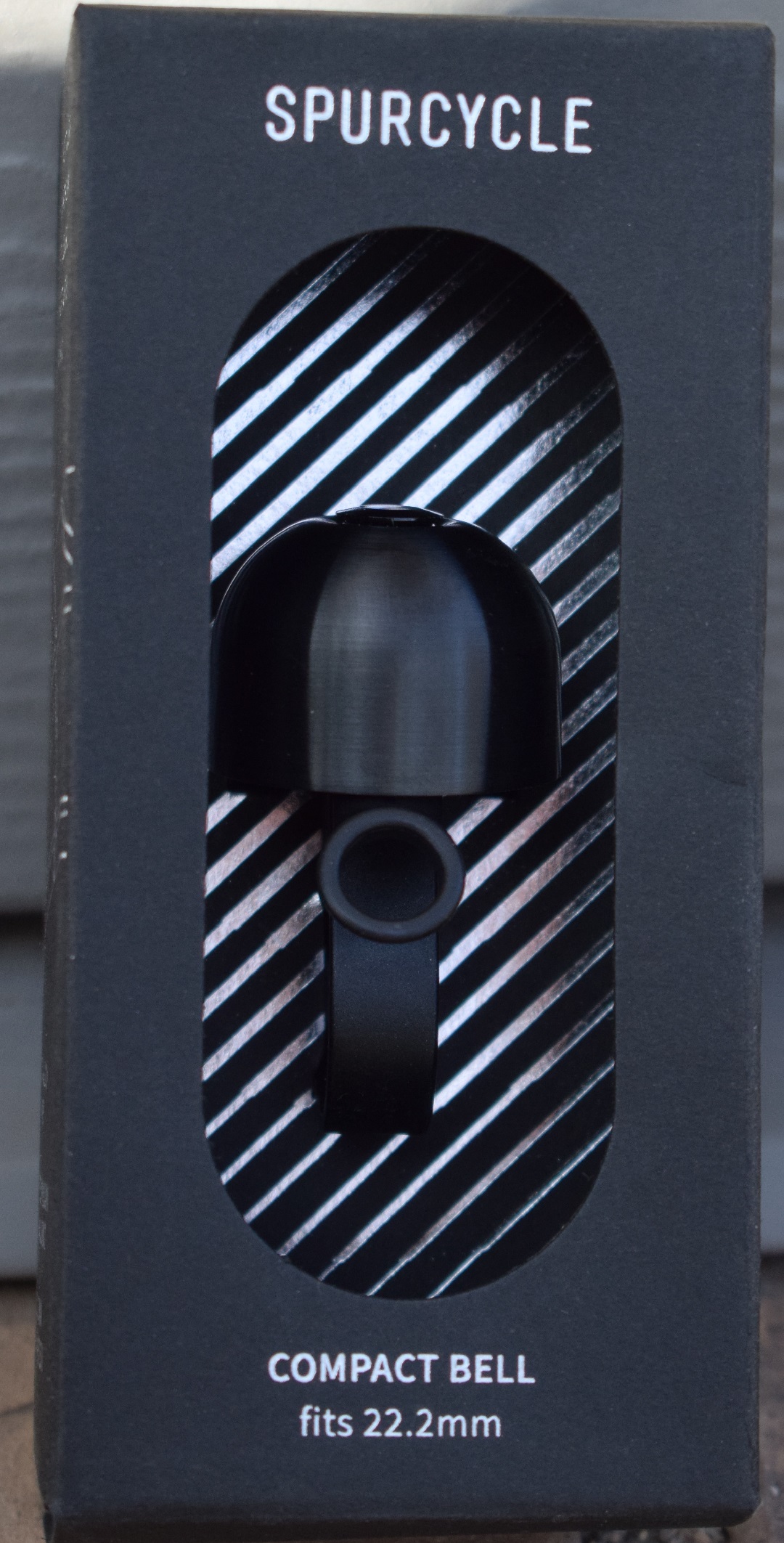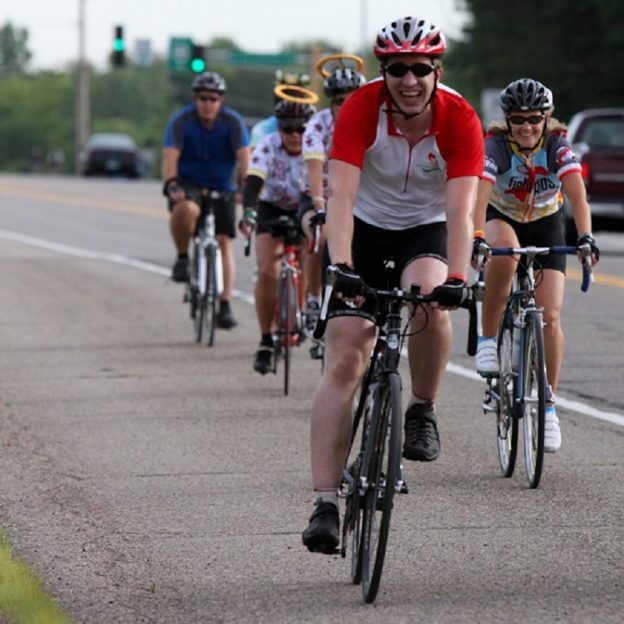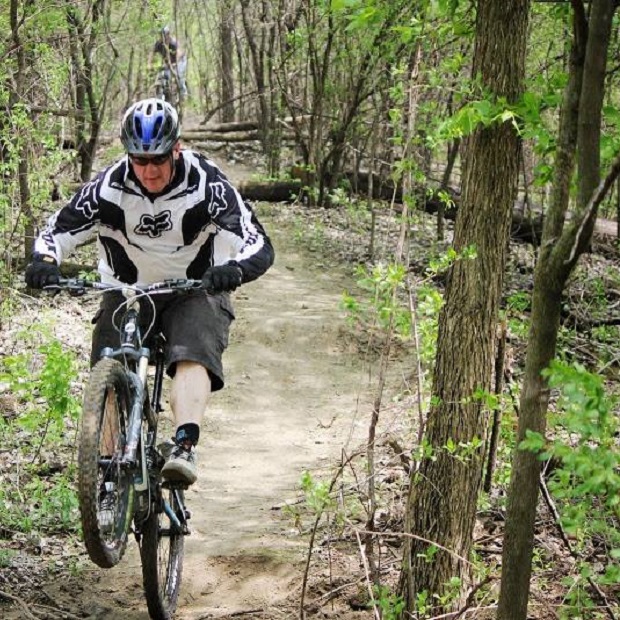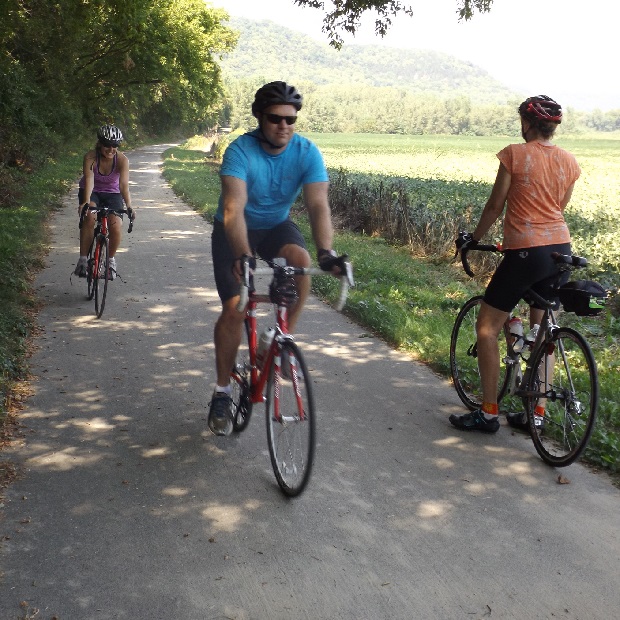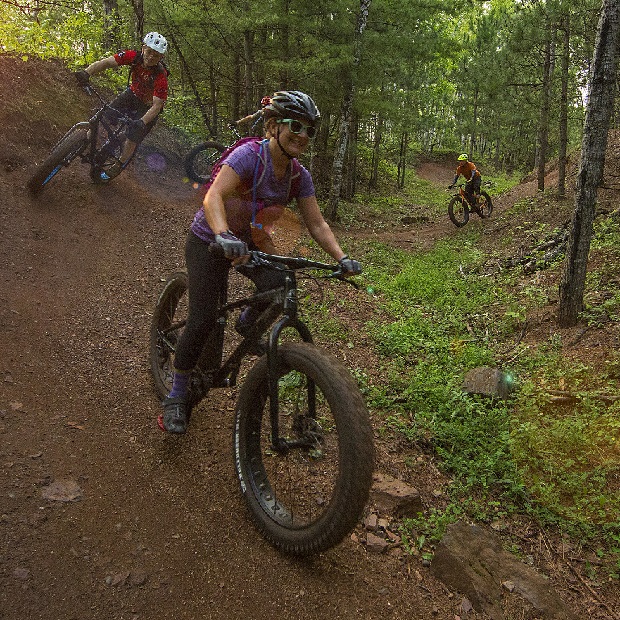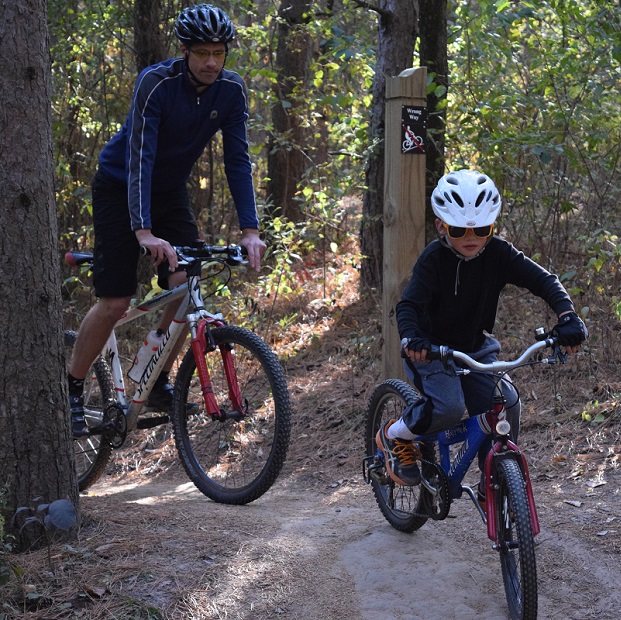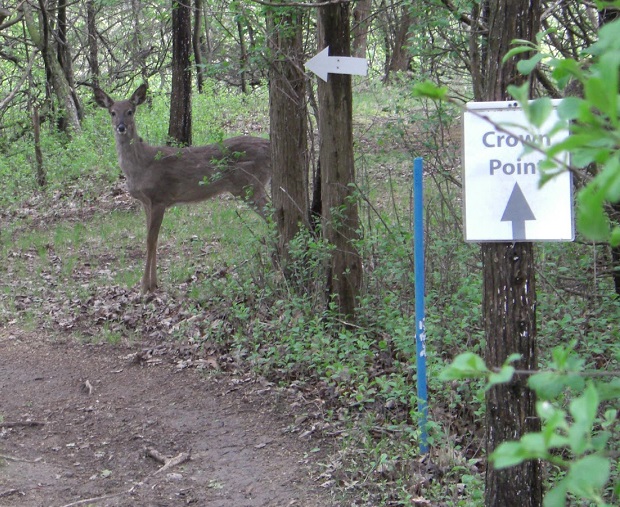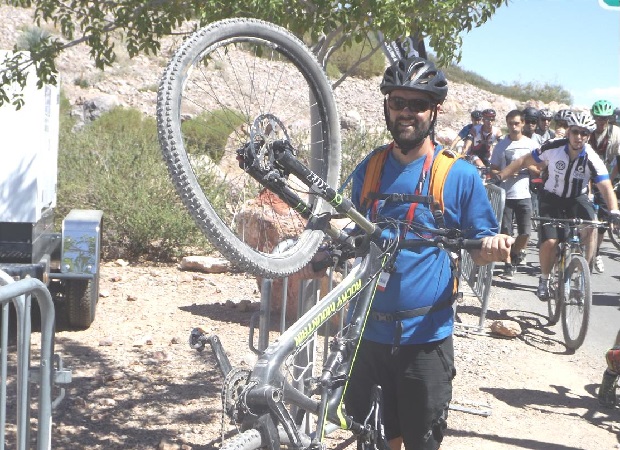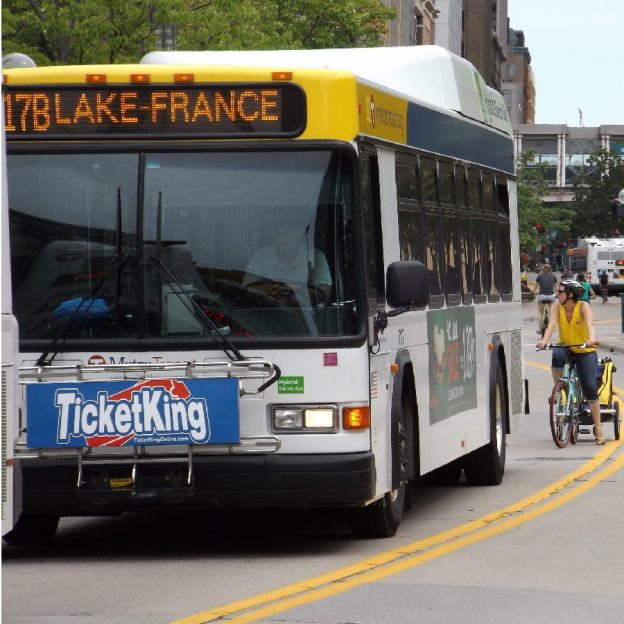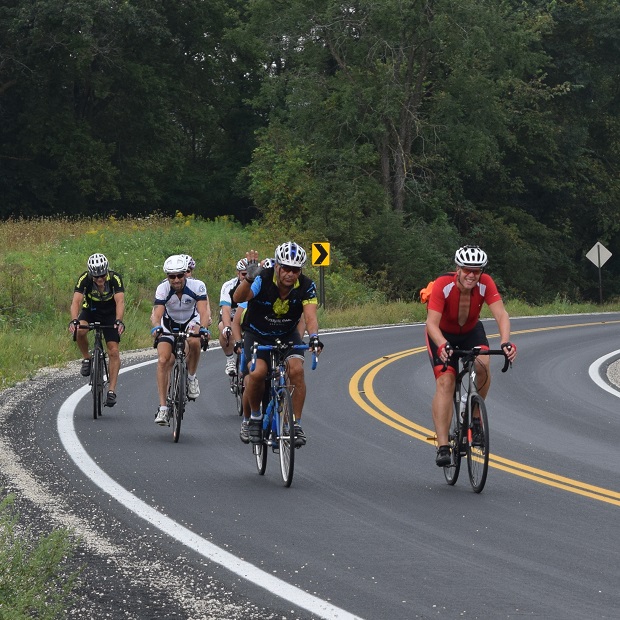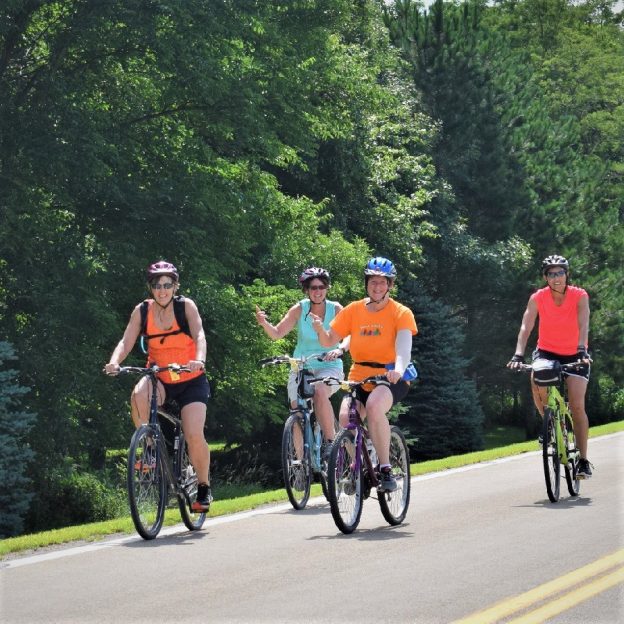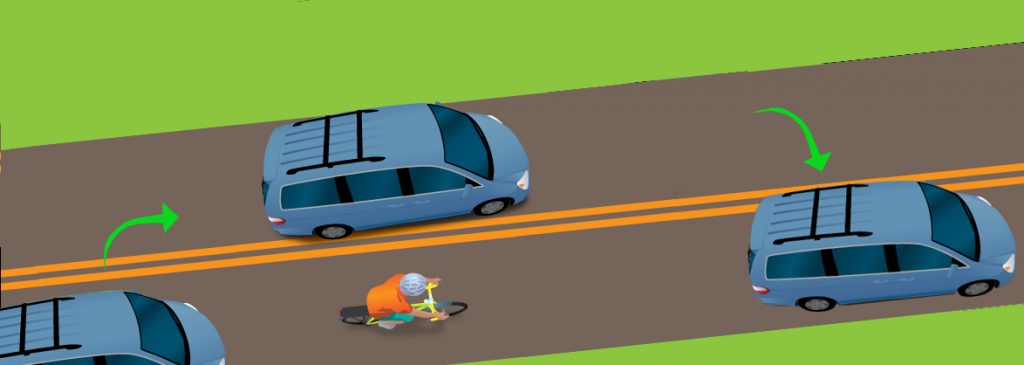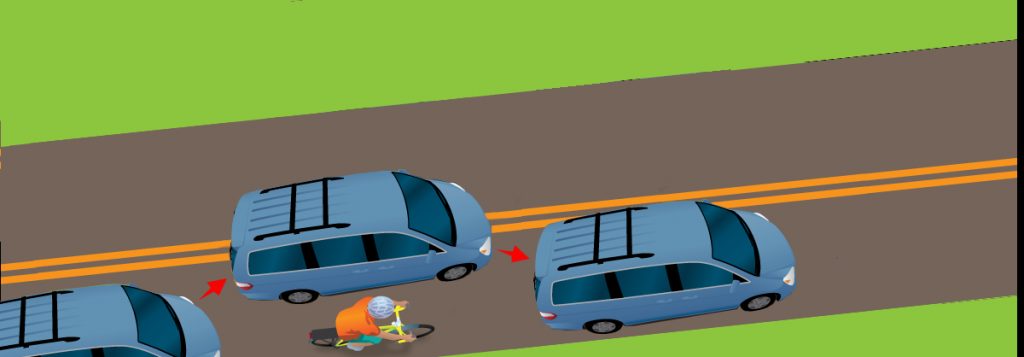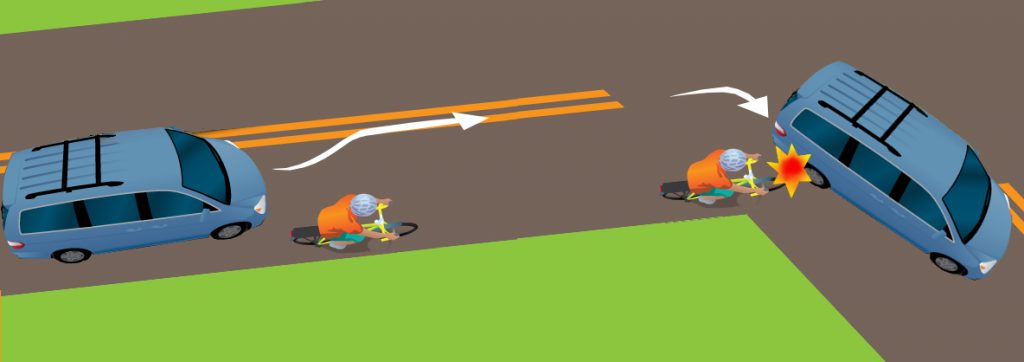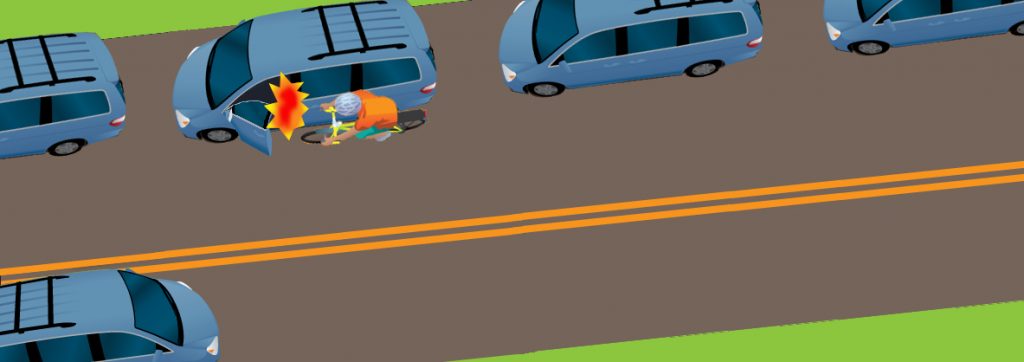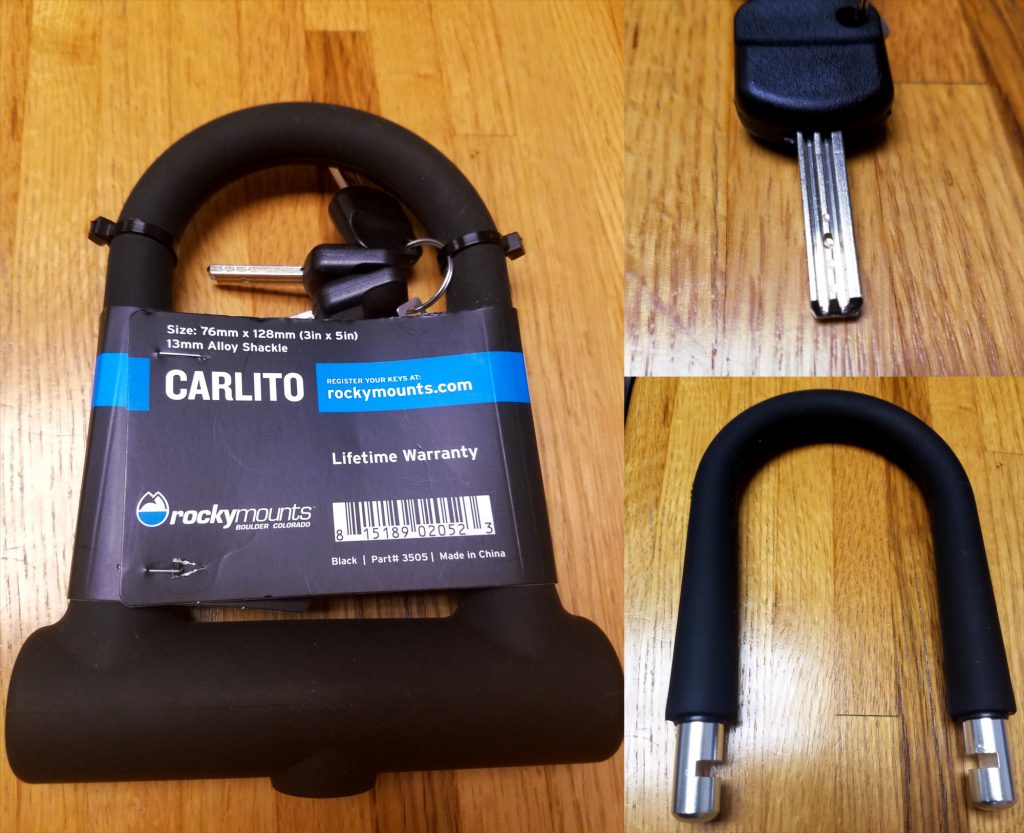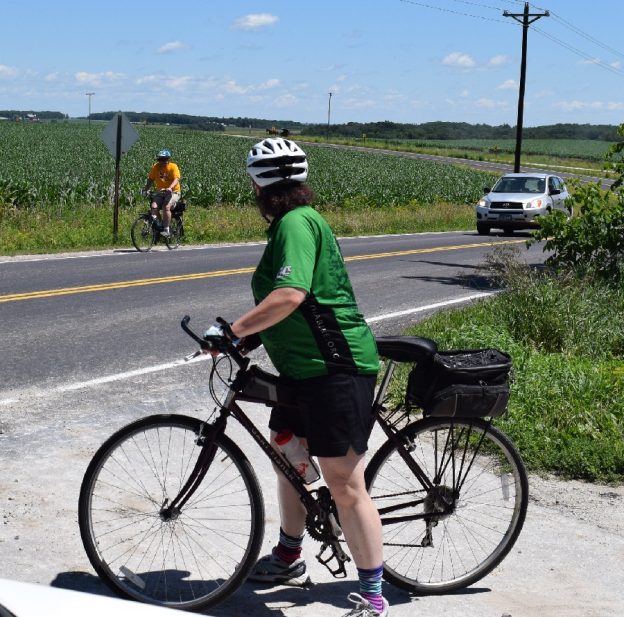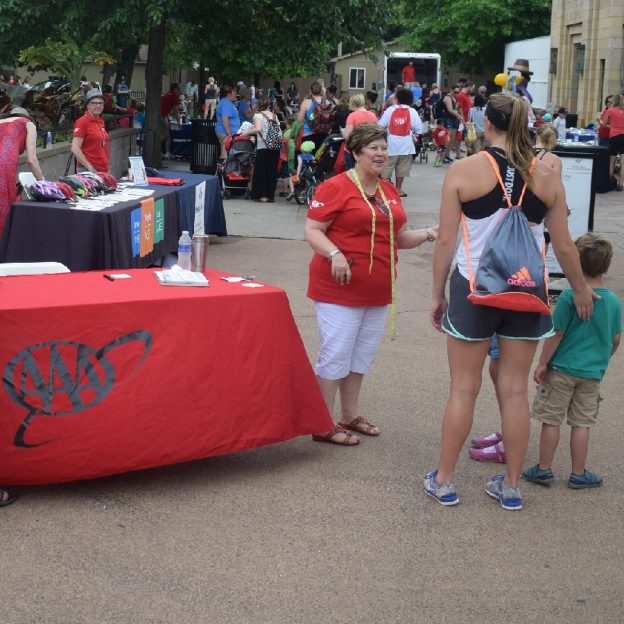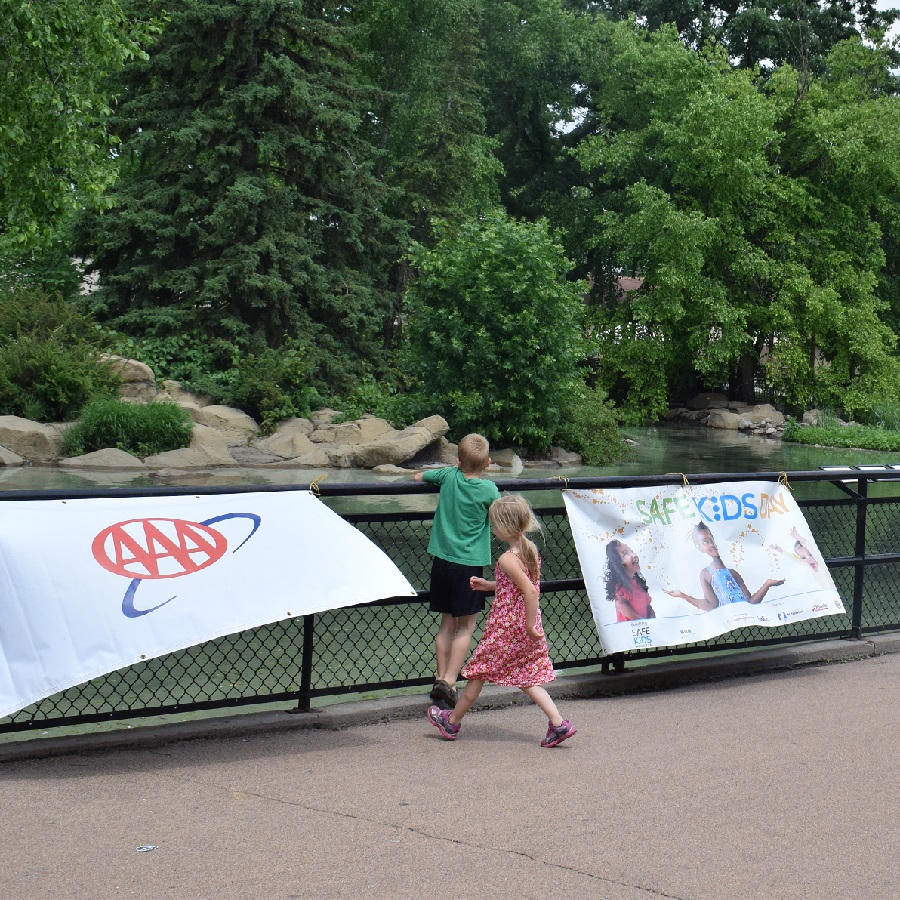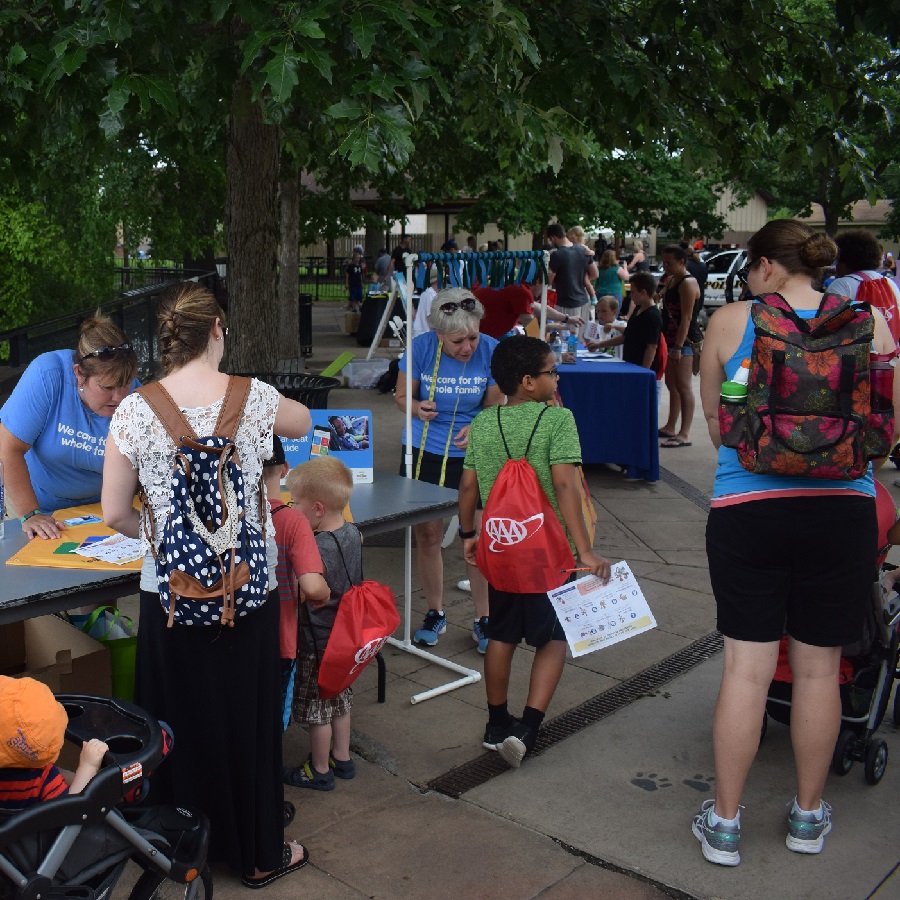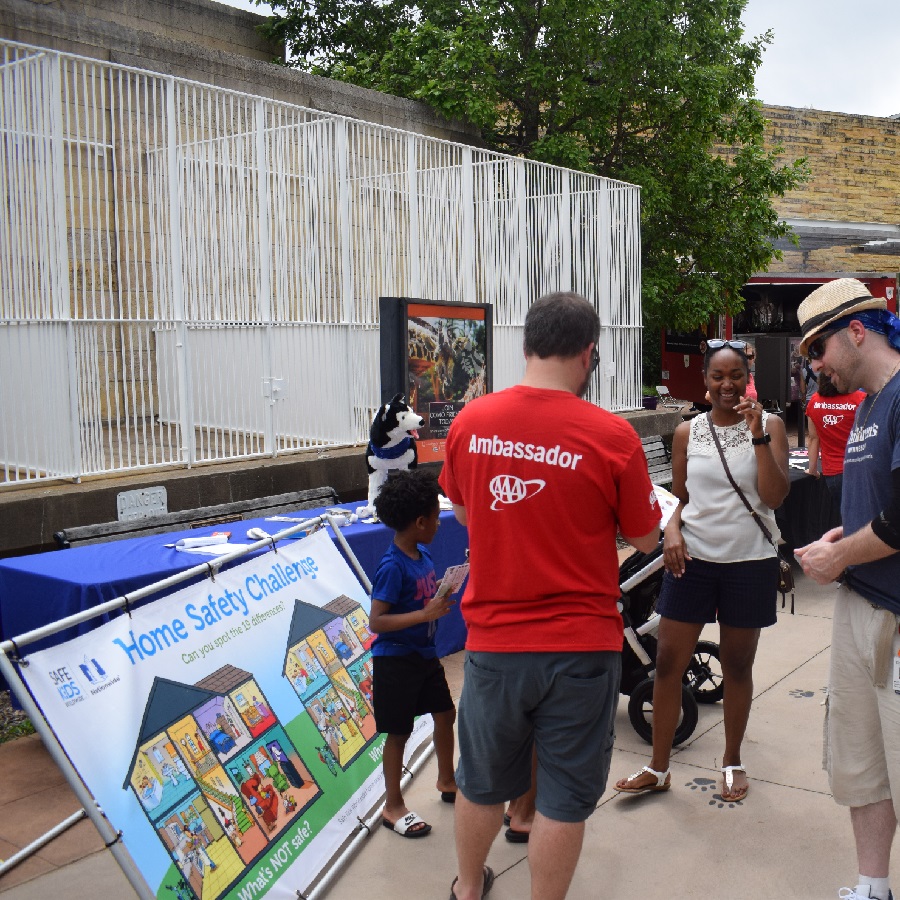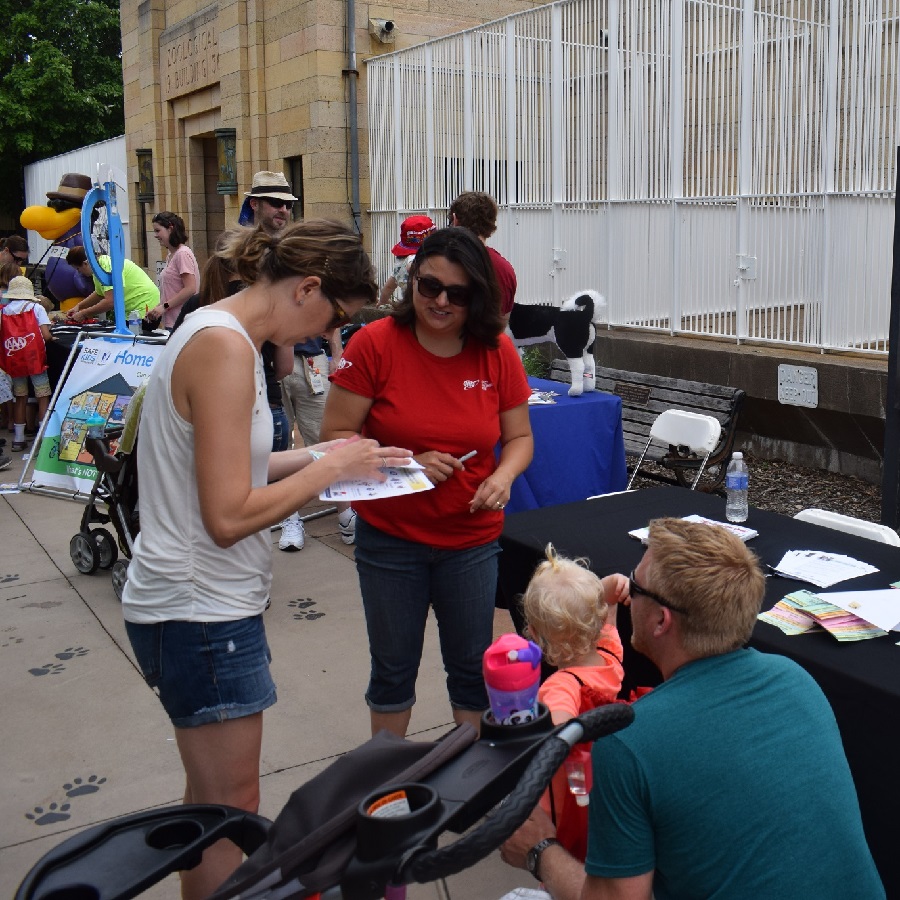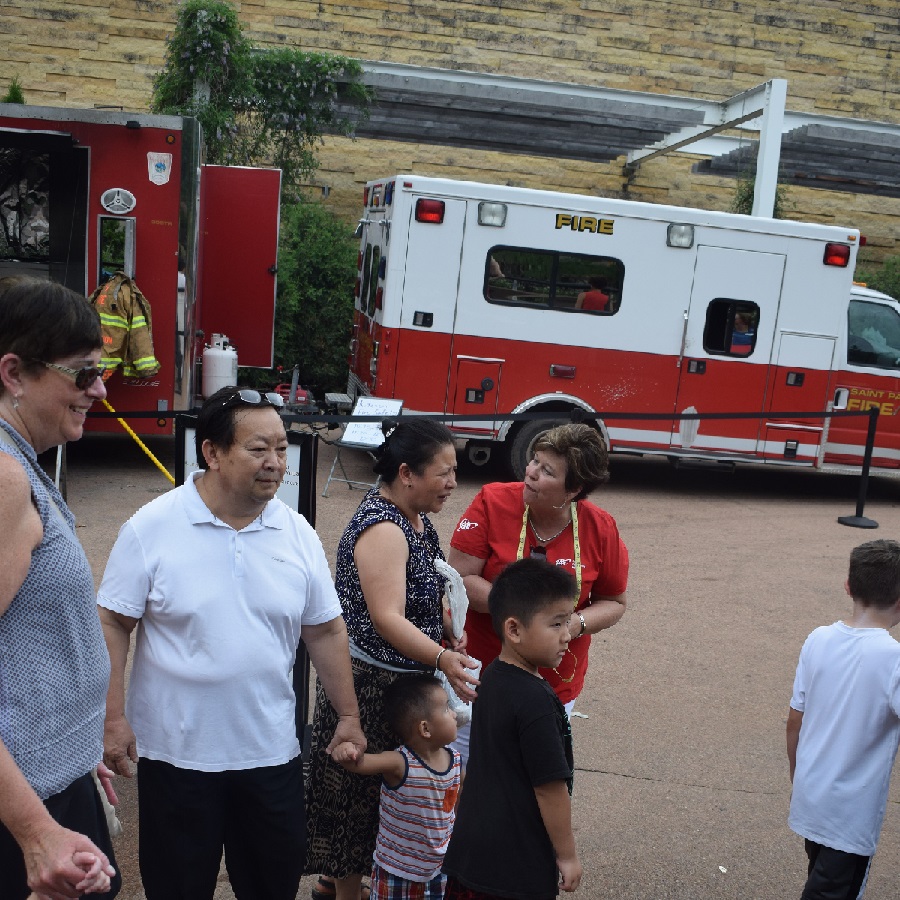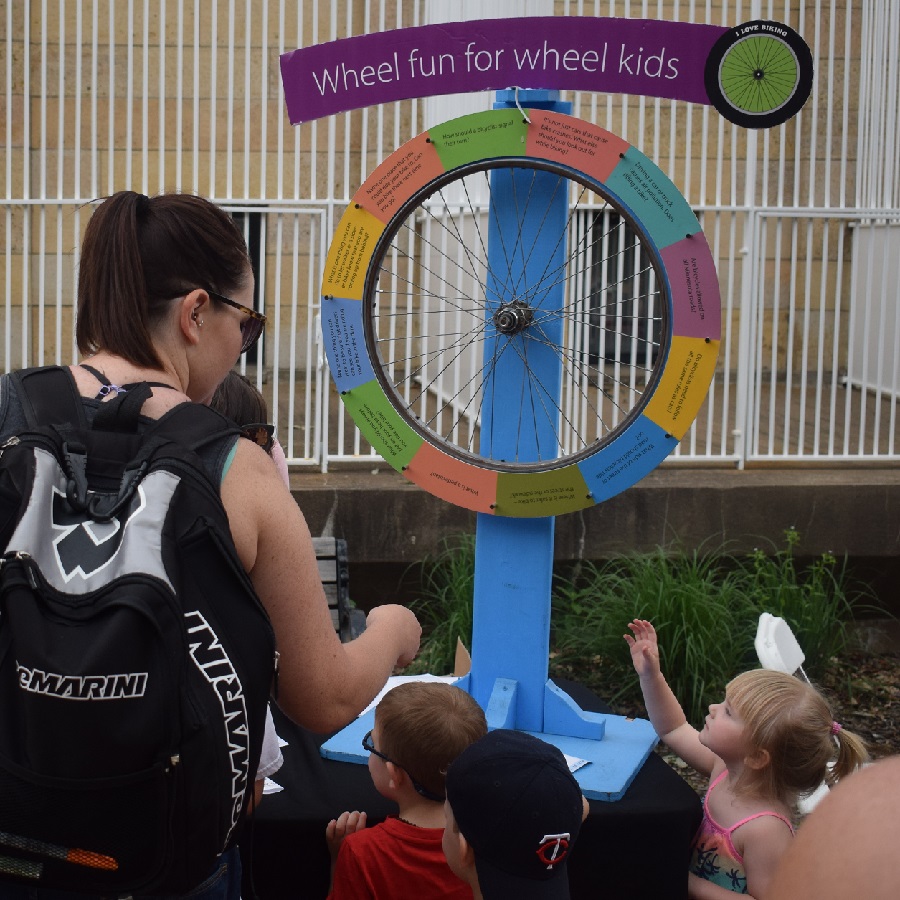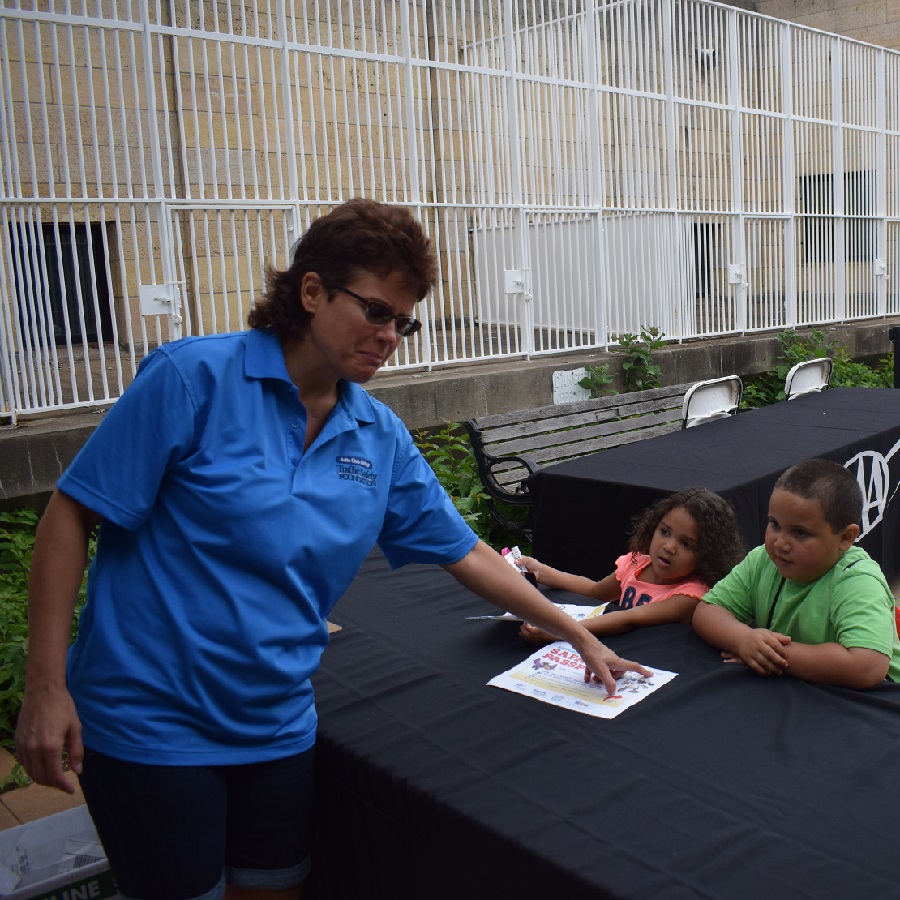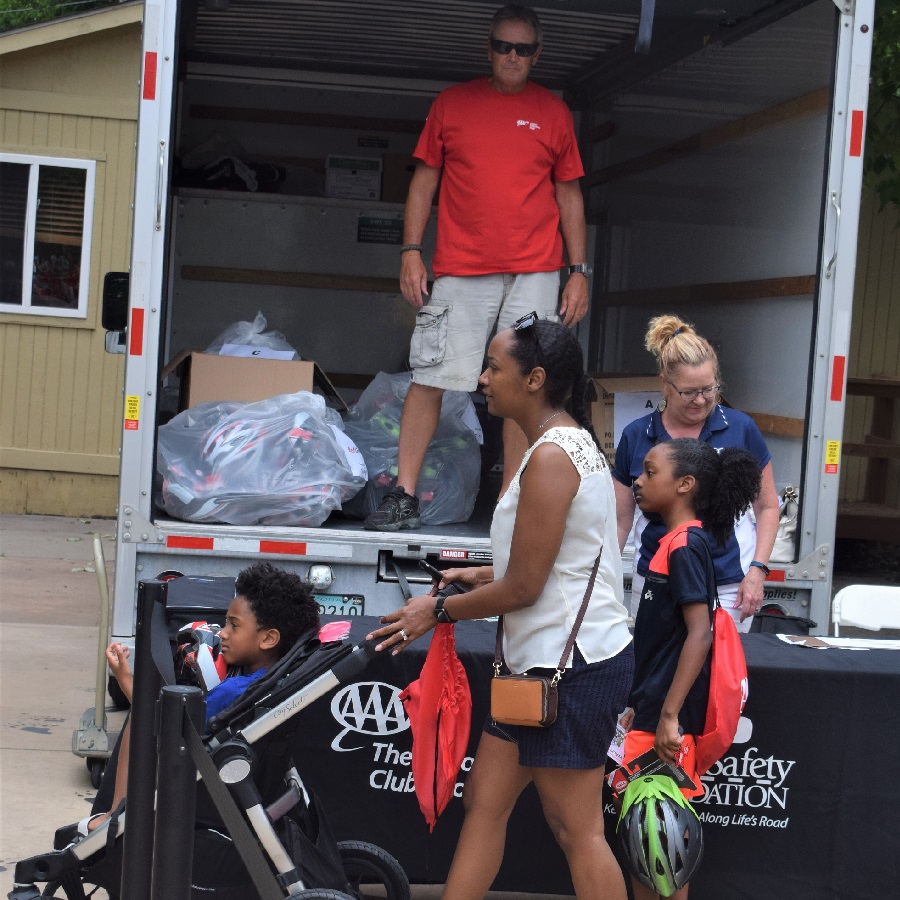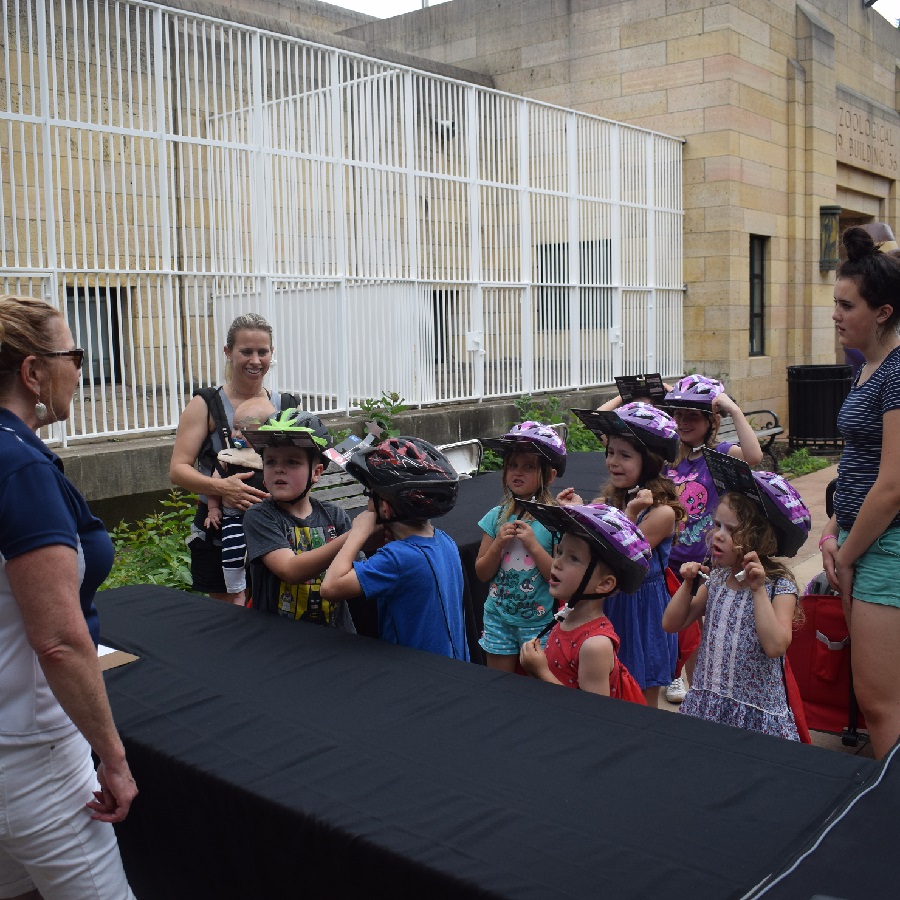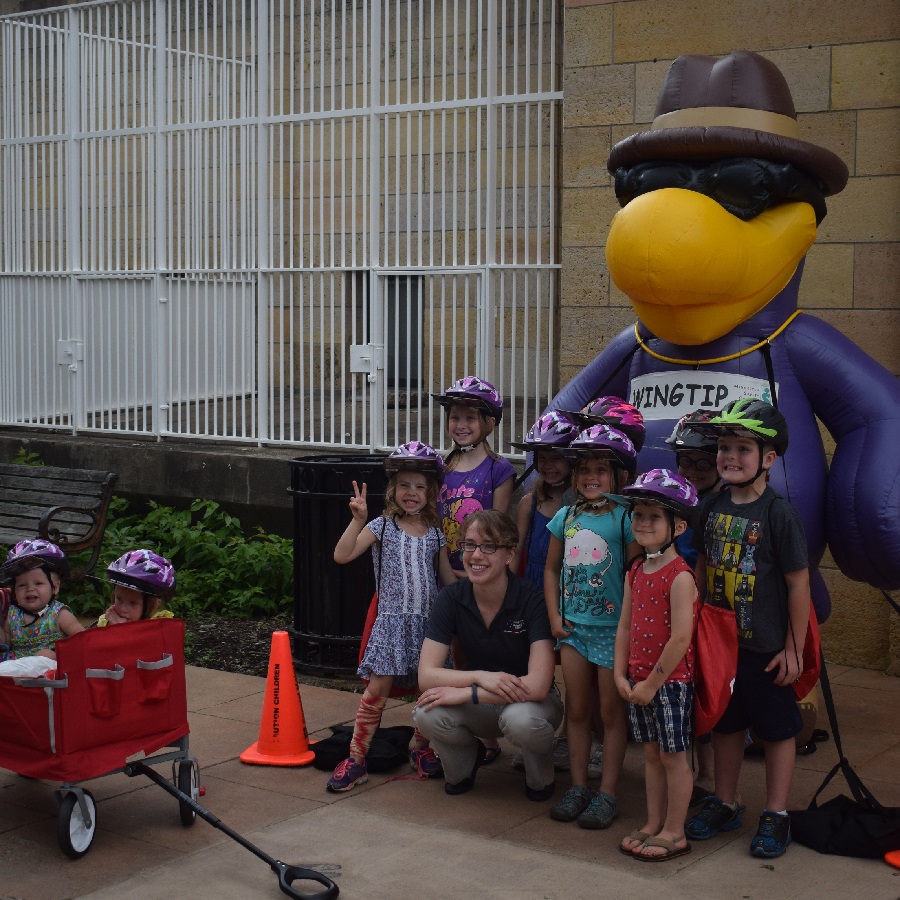Visibility is key as the days become shorter, and damp weather is part of the norm while riding your bike here in the upper Midwest. So take a tip from our motorcycle friends, along with bright clothing and gear to stay visible and noticed in traffic, always ride with lights front and back. Here are some helpful tips from AAA Auto Club for a safe ride on your #nextbikeadventure.
So, get into the zone when continuing your time outdoors and your #NextBikeAdventure. View all the great ideas and bike destinations in the latest Iowa or Minnesota Bike/Hike Guide. Then plan your next outing with family and friends, and check out more stories at Let’s Do MN.
Thanks for viewing our latest visibility bike pic
Now rolling through our 19th year as a bike tourism media, enjoy! As we pedal forward, we aim to encourage more people to bike and have fun while highlighting all the unforgettable places you can ride. As we continue to showcase more places to have fun, we hope the photos we shoot are worth a grin. Enjoy the information and stories we have posted as you scroll through.
Do you have a fun bicycle-related photo of yourself or someone you may know we should post? If so, please send your picture(s) to [email protected]. Please Include a brief caption for the image, who shot it, and where. Photo(s) sent to us should be a minimum of 1,000 pixels wide to be considered. You will receive photo credit and acknowledgment on Facebook and Instagram if we use your photo.
As we continue encouraging more people to bike, please view our Destination section at HaveFunBiking.com for your #NextBikeAdventure. Also, check out the MN Bike Guide, now mobile-friendly in our 14th year of producing this handy information booklet full of maps.
Bookmark HaveFunBiking.com on your cell phone and find your next adventure at your fingertips! Please share our pics with your friends, and don’t forget to smile. With one of our cameras ready to document your next cameo appearance while you are riding and having fun, we may be around the corner. You could be in one of our next Pic of the Day.
Have a great day with a safe and memorable fall!
